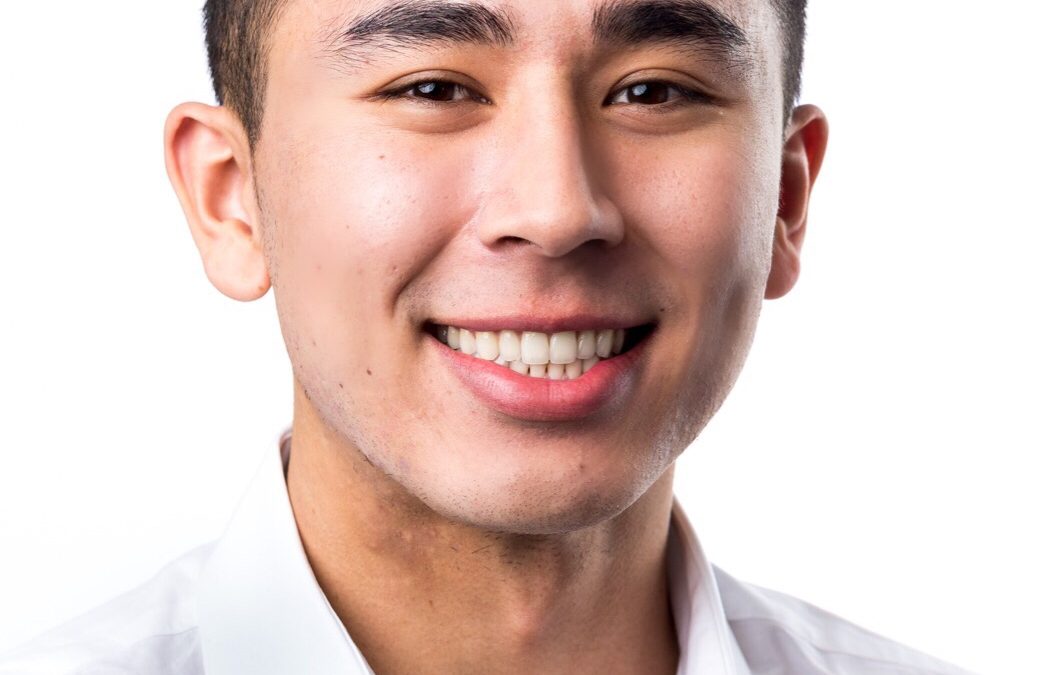As a young student in the early 21st century, I was fascinated by the rapid innovation in the Biotechnology space and the impact it was having on addressing many of the world’s unmet medical needs. I was set on pursuing a career in the industry to be a part of this innovation and movement to improve the overall health of people around the world. Going to UCLA to study Bioengineering was a no-brainer for me to really jump-start my career in the Biotechnology industry. UCLA not only provided me the opportunity to learn from the world’s top biomedical researchers, but also gave me countless opportunities to get involved myself. As a freshman at UCLA, I wasn’t worried that the curriculum wouldn’t prepare me for the real-world, but more worried whether I would have the capacity and confidence to apply my learnings from the university setting to the problems that the Biotechnology industry was facing. Fast forward to graduating from the UCLA Bioengineering program in 2017, my hunger for innovation and confidence in my newfound engineering skills lead me to Boston to begin my career at a little known Biotech startup called Moderna.
In March 2020, the World Health Organization declared COVID-19 a pandemic and my team at Moderna began our long journey working on mRNA-1273, Moderna’s COVID-19 vaccine. As an engineer on the mRNA process development team, we were tasked with developing, optimizing, streamlining, characterizing, and transferring a scalable and robust mRNA manufacturing process for this new SARS-CoV-2 spike protein sequence that would meet world-wide demand and yield billions of doses each year. Process Risk Assessments were initially very critical for us to not only help design our experiments but also help evaluate and identify certain critical process parameters that would ultimately define how we make high quality, safe, and effective vaccines. There were huge efforts on my team to dramatically improve productivity, reduce raw material usage, and qualify new raw materials and vendors. The accomplishments here enabled us to reduce the huge supply chain risks associated with sourcing from our raw material suppliers and most importantly without our success here we would not have been able to supply the world with as many doses at the rate we have done thus far. The rapid strides we made to overcome many of the scientific challenges was most rewarding because I could tangibly see the broad impact that my work would have on the entire world, a feeling that I felt I could only dream about as a young engineer.
While performing experiments at the bench scale is quite manageable, developing a robust mRNA manufacturing process using new large-scale custom manufacturing equipment to meet the huge vaccine demand is a challenge fundamental to process development. Producing large amounts of mRNA was a unique technical challenge that required creativity, flexibility, and extensive collaboration. Experiments were strategically designed and executed to maximize conclusions within a limited amount of time using high-throughput instruments and statistical analysis and modeling. Much of our work culminated in a comprehensive control strategy for our robust mRNA manufacturing process.
We were then tasked with transferring the mRNA-1273 mRNA manufacturing process that we designed to the manufacturing organizations at not just the internal Moderna sites, but to all external manufacturing sites in the US and Europe. Our team was quintessential in enabling expanded supply of our COVID-19 Vaccine by helping start-up various manufacturing sites around the world in record time. Thinking back to my contributions to the development of Moderna’s mRNA-based COVID-19 vaccine fills me with pride and excitement because I realize that I was not only able to contribute to helping end this pandemic, but also be apart of the development of a new groundbreaking technology that has the potential to address many more unmet medical diseases.

